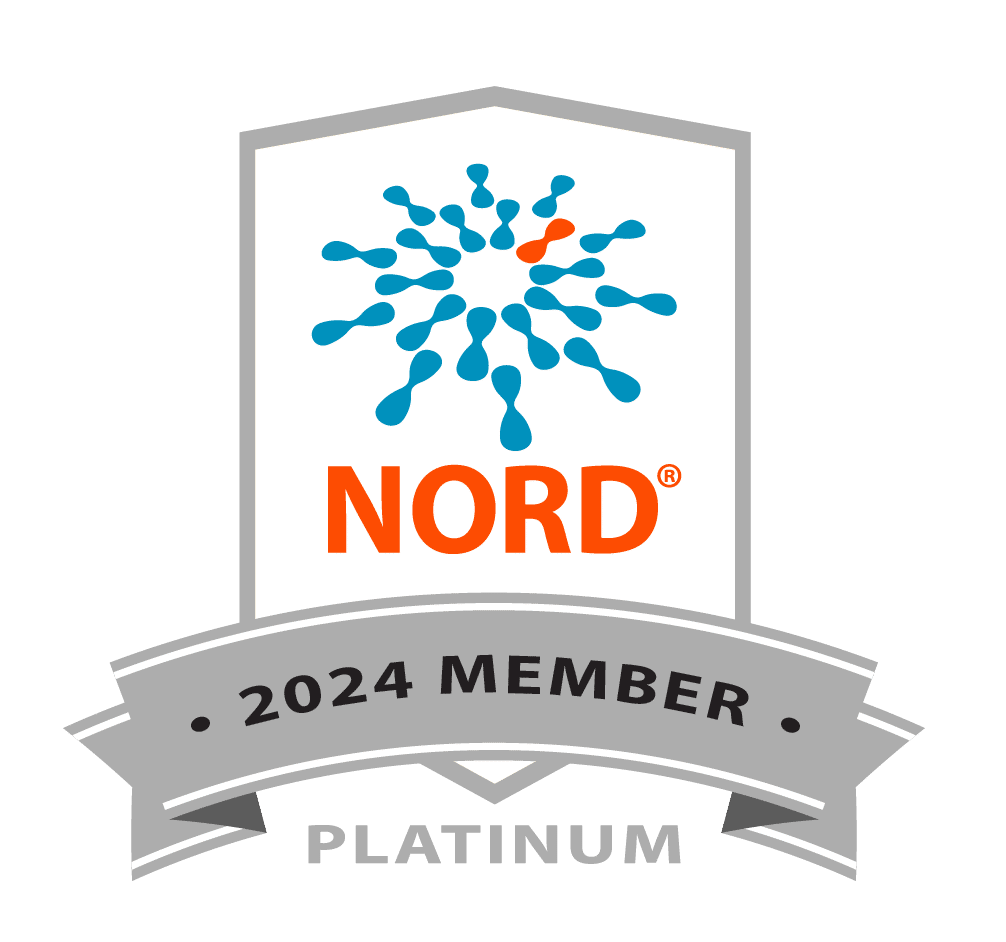Benjamin G. Neel , Princess Margaret Cancer Center, University Health Network, Toronto, ON, Canada.
We showed previously that Rafi613V/+ mice fully recapitulate the cardiac features of RAFl mutant Noonan Syndrome, including cardiac hypertrophy, enhanced contractility and chamber dilatation. Postnatal MEK inhibitor treatment normalizes all NS phenotypes in these mice, yet it remains unclear whether genetic ablation of Erk would have the same effect. It also is not known whether the cardiac phenotypes derive from distinct cell(s}-of-origin and human models for NS cardiac phenotypes remain elusive. To address these issues, we used tissue-specific Cre-expressing mice to promote inducible expression of Rafi613V/+ in various cells in the mouse heart. Mice with cardiomyocyte-specific expression of RaflL613V (Mlc2v-LV) showed enhanced contractility, but not cardiac hypertrophy. By contrast, endocardial-specific RaflL613Vexpression (Nfatc1-LV) caused eccentric cardiac hypertrophy without hypercontractility. Our results suggest that distinct cell types regulate different aspects of the NS cardiac phenotype and collaborate to cause NS-associated HCM. Furthermore, genetic ablation of Erkl inRaflL613V/+ mice normalizes contractility, but not cardiac hypertrophy. Finally, we also generated engineered heart tissue (EHT) from hIPSC- and hESC-derived cells, and found that these preparations showed hypertrophy that could be reversed by MEK-inhibitor treatment.




